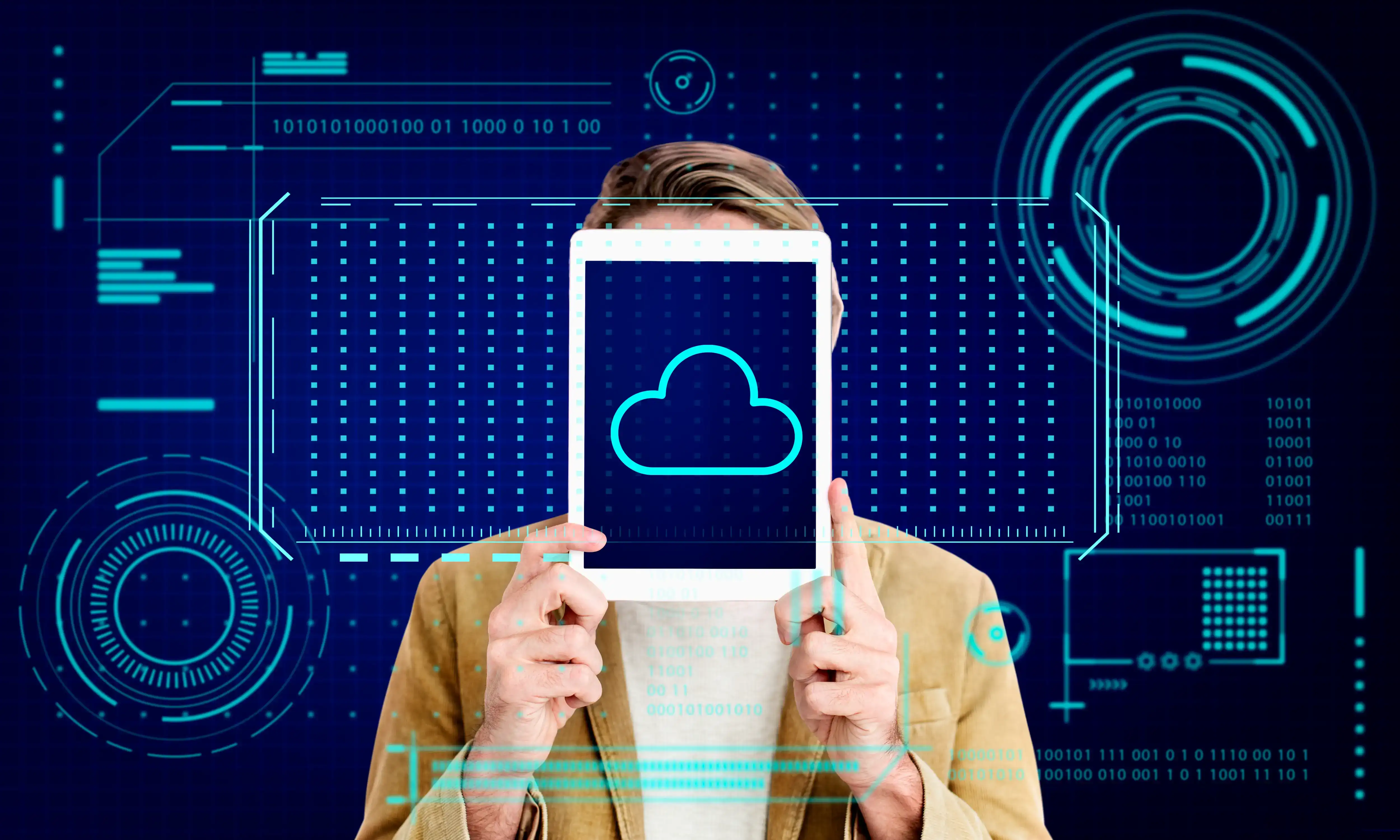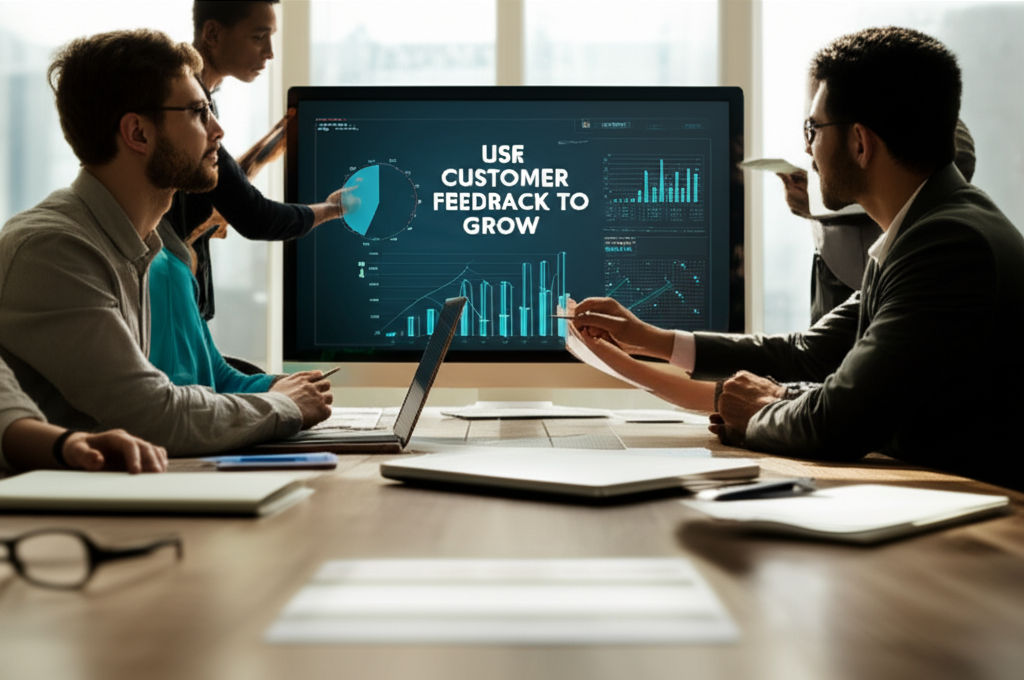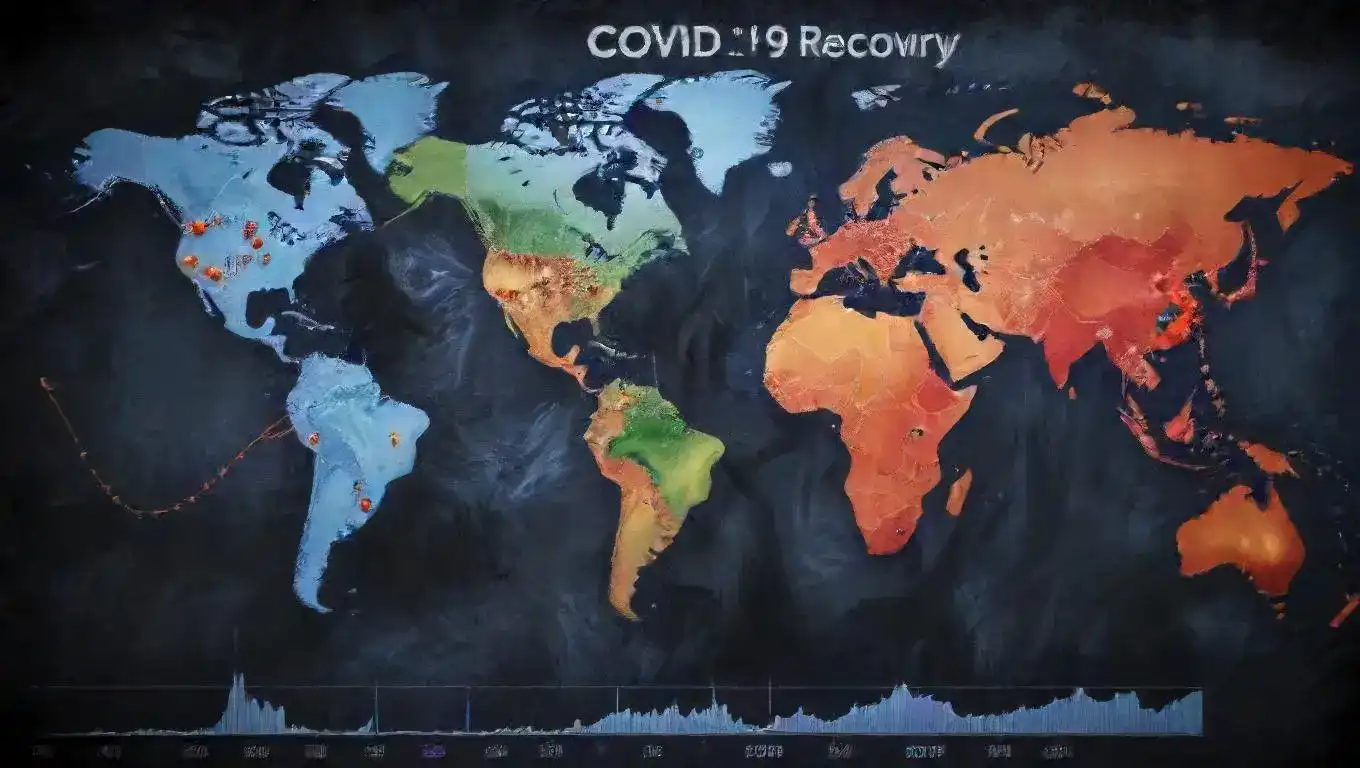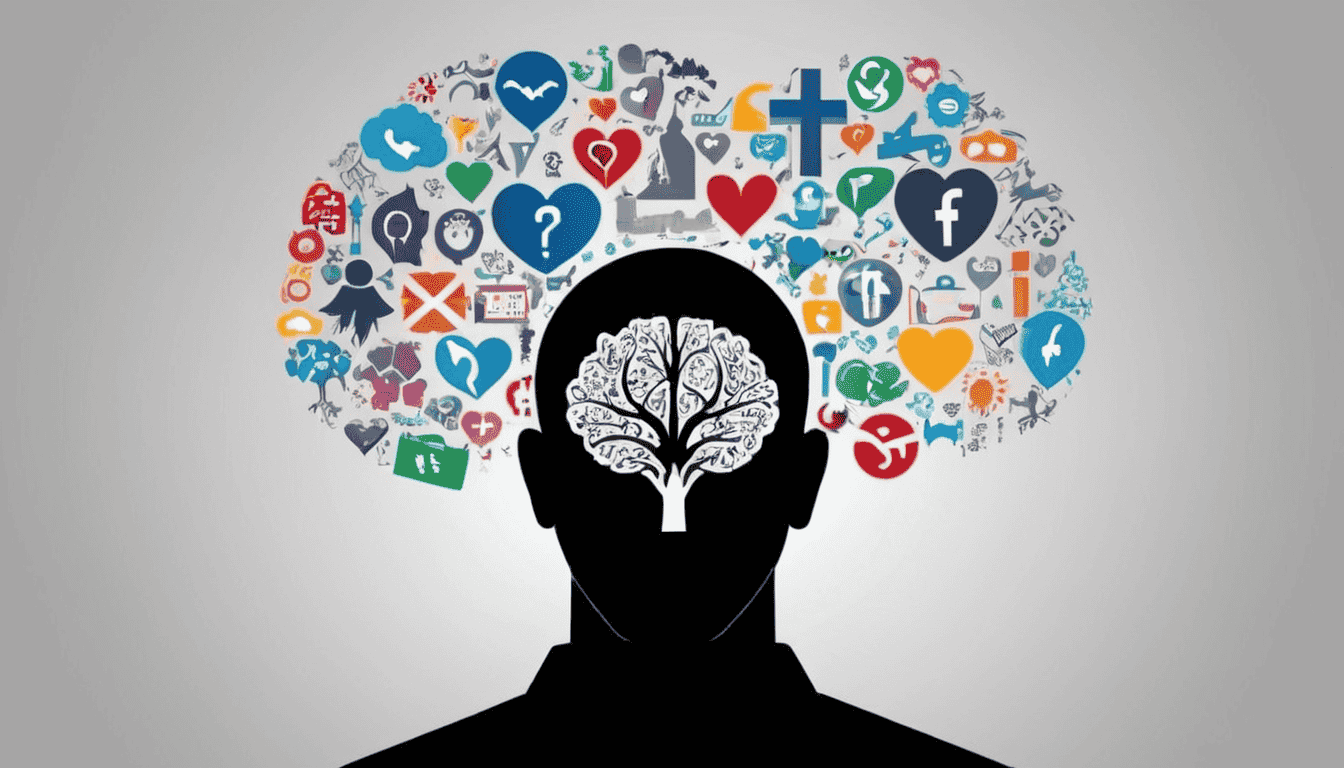Sustainable Development Goals: Future
Emily Willis

Photo: Sustainable Development Goals: Future
The Sustainable Development Goals: Charting a Course for Our Collective Future
In an increasingly interconnected world, the concept of sustainable development has moved from a niche topic to a global imperative. At the heart of this transformative agenda lie the Sustainable Development Goals (SDGs), a blueprint for peace and prosperity for people and the planet, now and into the future. Adopted by all United Nations Member States in 2015, these 17 interconnected goals represent an urgent call for action to address the world's most pressing challenges, from poverty and inequality to climate change and environmental degradation. As we navigate the complex landscape of the 21st century, understanding the future of the SDGs and our collective role in achieving them is more critical than ever.
Understanding the Sustainable Development Goals (SDGs): A Quick Recap
The Sustainable Development Goals, often referred to as the Global Goals, are a comprehensive set of 17 objectives with 169 specific targets designed to achieve a better and more sustainable future for all by 2030. They build upon the progress of the Millennium Development Goals (MDGs) but are far more ambitious and universal, applying to all countries, developed and developing alike.
These goals cover a broad spectrum of interconnected issues, recognizing that ending poverty and other deprivations must go hand-in-hand with strategies that improve health and education, reduce inequality, and spur economic growth, all while tackling climate change and working to preserve our oceans and forests.
Here's a brief overview of the 17 SDGs:
- SDG 1: No Poverty: Ending poverty in all its forms everywhere.
- SDG 2: Zero Hunger: Ending hunger, achieving food security, improving nutrition, and promoting sustainable agriculture.
- SDG 3: Good Health and Well-being: Ensuring healthy lives and promoting well-being for all at all ages.
- SDG 4: Quality Education: Ensuring inclusive and equitable quality education and promoting lifelong learning opportunities for all.
- SDG 5: Gender Equality: Achieving gender equality and empowering all women and girls.
- SDG 6: Clean Water and Sanitation: Ensuring availability and sustainable management of water and sanitation for all.
- SDG 7: Affordable and Clean Energy: Ensuring access to affordable, reliable, sustainable, and modern energy for all.
- SDG 8: Decent Work and Economic Growth: Promoting sustained, inclusive, and sustainable economic growth, full and productive employment, and decent work for all.
- SDG 9: Industry, Innovation, and Infrastructure: Building resilient infrastructure, promoting inclusive and sustainable industrialization, and fostering innovation.
- SDG 10: Reduced Inequalities: Reducing inequality within and among countries.
- SDG 11: Sustainable Cities and Communities: Making cities and human settlements inclusive, safe, resilient, and sustainable.
- SDG 12: Responsible Consumption and Production: Ensuring sustainable consumption and production patterns.
- SDG 13: Climate Action: Taking urgent action to combat climate change and its impacts.
- SDG 14: Life Below Water: Conserving and sustainably using the oceans, seas, and marine resources for sustainable development.
- SDG 15: Life on Land: Protecting, restoring, and promoting sustainable use of terrestrial ecosystems, sustainably managing forests, combating desertification, halting and reversing land degradation, and halting biodiversity loss.
- SDG 16: Peace, Justice, and Strong Institutions: Promoting peaceful and inclusive societies for sustainable development, providing access to justice for all, and building effective, accountable, and inclusive institutions at all levels.
- SDG 17: Partnerships for the Goals: Strengthening the means of implementation and revitalizing the global partnership for sustainable development.
Each SDG is comprised of sub-targets and indicators to assess progress, forming a global indicator framework.
Why the SDGs Matter More Than Ever for Our Future
The Sustainable Development Goals are not merely aspirational targets; they are a vital framework for navigating the complex challenges of our time and shaping a thriving future for all. Their importance is underscored by several key factors:
- Interconnectedness of Global Challenges: The SDGs recognize that issues like poverty, hunger, climate change, and inequality are not isolated problems but are deeply intertwined. Progress in one area often positively impacts others, and conversely, failure in one can undermine progress across the board. For example, addressing climate action (SDG 13) is crucial for life below water (SDG 14) and life on land (SDG 15), and also impacts food security (SDG 2) and health (SDG 3).
- Universal Applicability: Unlike their predecessors, the MDGs, the SDGs apply to all countries, emphasizing shared responsibility. This universal call to action fosters a global partnership, recognizing that challenges like climate change and pandemics transcend national borders and require collective solutions.
- A Roadmap for Resilience: The SDGs provide a roadmap for building more resilient societies and economies, better equipped to withstand future shocks such as pandemics, economic downturns, and natural disasters. By focusing on sustainable practices across all sectors, they aim to protect the planet's resilience for future generations.
- Economic Opportunity: Investing in sustainable development creates new markets, fosters innovation, and generates decent work and economic growth. Businesses that align their strategies with the SDGs can gain a competitive advantage and secure long-term growth.
- Leaving No One Behind: A core principle of the 2030 Agenda is to ensure that no one is left behind. The SDGs prioritize the needs of the most vulnerable populations, aiming to reduce inequalities and promote inclusive societies.
The Road Ahead: Challenges and Opportunities for SDG Implementation
While the Sustainable Development Goals represent a monumental global commitment, their implementation faces significant challenges. We are currently at the midpoint of the 2030 Agenda, and progress towards many targets has been hampered by multiple, simultaneous crises, including the COVID-19 pandemic, global conflicts, and climate-related disasters. Only a small percentage of the targets are currently on track to be fulfilled.
Major Challenges:
- Financing Gap: A substantial financing gap exists, particularly for developing countries, hindering their ability to invest in sustainable development initiatives.
- Global Crises: Recent global events have diverted attention and resources away from long-term sustainable development goals, shifting focus to immediate, short-term issues.
- Rising Inequalities: Despite efforts, global inequalities in poverty, hunger, and access to basic services have worsened in some areas. The burden disproportionately falls on countries in the Global South.
- Data and Monitoring: While a global indicator framework exists, challenges remain in collecting accurate and comprehensive data to monitor progress effectively, especially at local and national levels.
- Political Will and Governance: Sustained political will and strong governance at all levels are crucial for embedding the SDGs within national policies and ensuring effective implementation.
Emerging Opportunities:
Despite these hurdles, opportunities abound to accelerate progress towards the SDGs and secure a more sustainable future.
- Technological Advancement and Digitalization: Leveraging technology, such as artificial intelligence and digital platforms, can provide innovative solutions for monitoring progress, optimizing resource allocation, and delivering services more efficiently.
- Increased Awareness and Engagement: There's growing global awareness and engagement from civil society, businesses, and individuals, creating a powerful force for change.
- Innovative Financing Mechanisms: Exploring new and innovative financial mechanisms, including blended finance and private sector investment, is essential to bridge the funding gap.
- Cross-Sectoral Collaboration: The interconnected nature of the SDGs necessitates and facilitates cross-sectoral collaboration. Partnerships between governments, civil society, academia, and the private sector are vital for comprehensive solutions.
Key Pillars of Future SDG Success: Innovation, Collaboration, and Policy
Achieving the Sustainable Development Goals by 2030 and beyond hinges on three critical pillars: innovation, collaboration, and effective policy.
Innovation for Impact
Innovation is not just about new technologies; it's about novel approaches, creative solutions, and transformative thinking.
- Technological Innovation: From renewable energy solutions (SDG 7) to smart city infrastructure (SDG 9, SDG 11) and climate action technologies (SDG 13), technological advancements are crucial. For instance, advancements in sustainable agriculture can boost food security (SDG 2).
- Social Innovation: Developing new social programs, community-led initiatives, and inclusive business models can directly address poverty (SDG 1), inequality (SDG 10), and access to education (SDG 4) and healthcare (SDG 3).
- Open Innovation: This collaborative approach to problem-solving,
Latest ✨
View AllRevolutionize your learning! Data analytics is the future of education, enabling personalized paths & unlocking individual potential.
Emily Willis
Cloud computing is essential for modern businesses, offering cost savings, scalability, and improved collaboration. Implementing cloud computing requires careful planning to ensure safety and efficiency. Tips for safe and efficient implementation include conducting a needs assessment, choosing the right cloud service model, prioritizing security, planning for data migration, optimizing costs, training your team, implementing backup and recovery solutions, monitoring performance, planning for scalability, and staying updated with industry trends.
Emily Willis
effective leadership in a constantly changing world and explores the traits and habits of inspiring leaders, both historical and contemporary. It highlights the key lessons from leaders such as Nelson Mandela, Martin Luther King Jr., Jacinda Ardern, Elon Musk, and Malala Yousafzai.
Emily Willis
Customer feedback is a goldmine for business growth. Learn how leveraging insights enhances products, builds loyalty, and keeps you competitive.
Emily Willis
Business
View All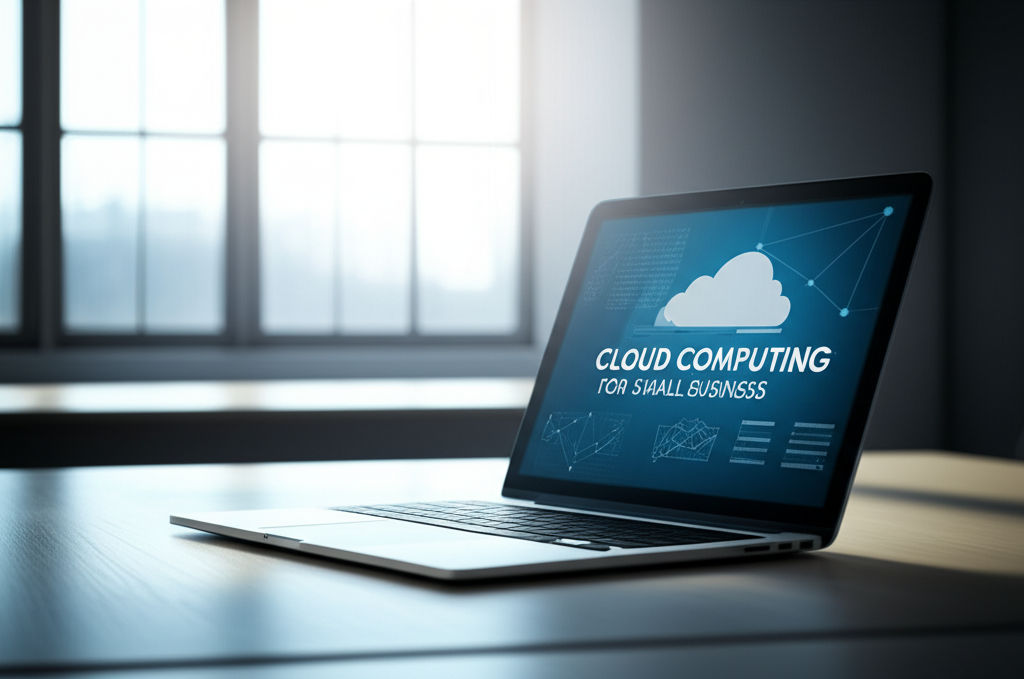
June 9, 2025
Cloud Computing for Small BusinessUnlock growth & efficiency! Discover how cloud computing empowers small businesses with cost savings & agility in the digital age.
Emily Willis
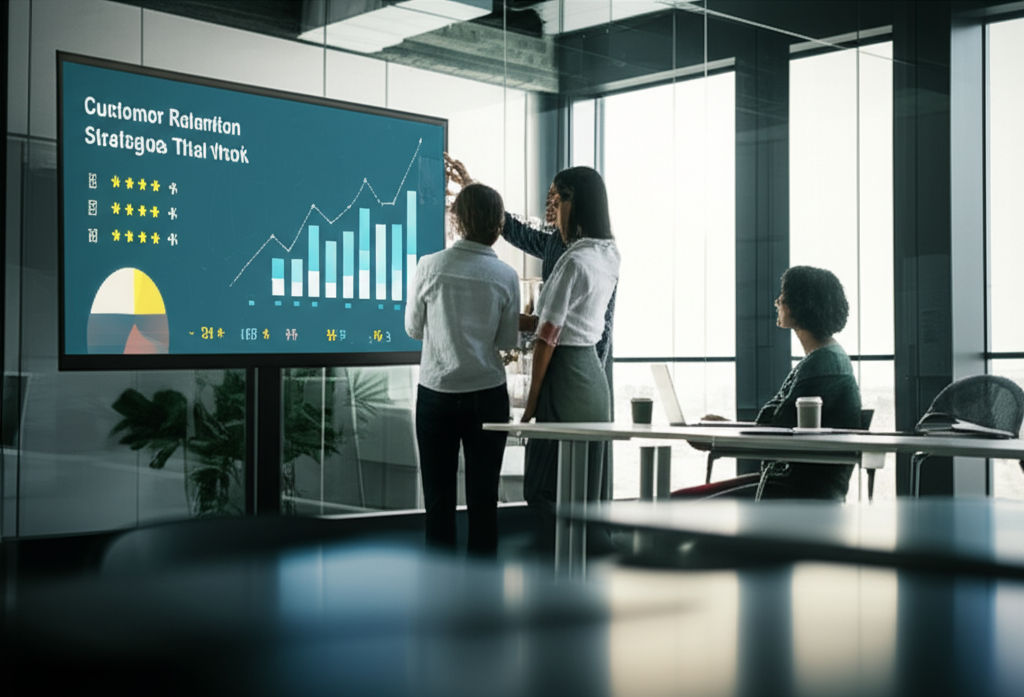
June 9, 2025
Customer Retention Strategies That WorkUnlock lasting success! Learn proven customer retention strategies to build loyalty, reduce churn, and boost your business growth.
Emily Willis

June 8, 2025
Strategic Planning for Long-Term WinsChart your course to enduring success! This article demystifies strategic planning, offering an actionable framework for long-term wins and sustainable growth.
Emily Willis
Economy
View AllBoost your business profits! Discover actionable strategies to maximize revenue and efficiently manage costs for sustainable growth.
Read MoreUnpack the 17 Sustainable Development Goals (SDGs): a global blueprint addressing poverty, climate change, and inequality for a sustainable future.
Read MoreThe COVID-19 pandemic has had a significant impact on the global economy, leading to market turmoil, disrupted supply chains, and widespread business closures. As countries slowly recover, there are questions about the future of the global economy. While there are signs of recovery, challenges such as rising inflation, uneven global recovery, labor market disruptions, and supply chain bottlenecks remain. To ensure a sustainable recovery, policymakers must continue to support vulnerable sectors, invest in education and reskilling, strengthen healthcare systems, promote supply chain resilience, address inequalities, and prioritize sustainability.
Read MoreEntertainment
View All
August 4, 2024
The Latest Music Trends, Artists Influencing Pop Culture, and How Digital Platforms Facilitate the Distribution of Music GloballyThe music industry is constantly changing due to consumer preferences, technology, and the influence of artists. Digital platforms have revolutionized music creation, distribution, and consumption, leading to genre fusion, the rise of independent artists, and collaborative projects. Influential artists like Billie Eilish, BTS, and Taylor Swift have shaped pop culture globally. Streaming services, social media, and direct-to-fan engagement have transformed music distribution. Digital platforms also promote cultural diversity and inclusivity, expand markets and revenue, and drive technological advancements. The industry is also focusing on sustainability and ethical practices. To succeed in the future, stakeholders must embrace digital transformation and champion inclusivity.
Emily Willis
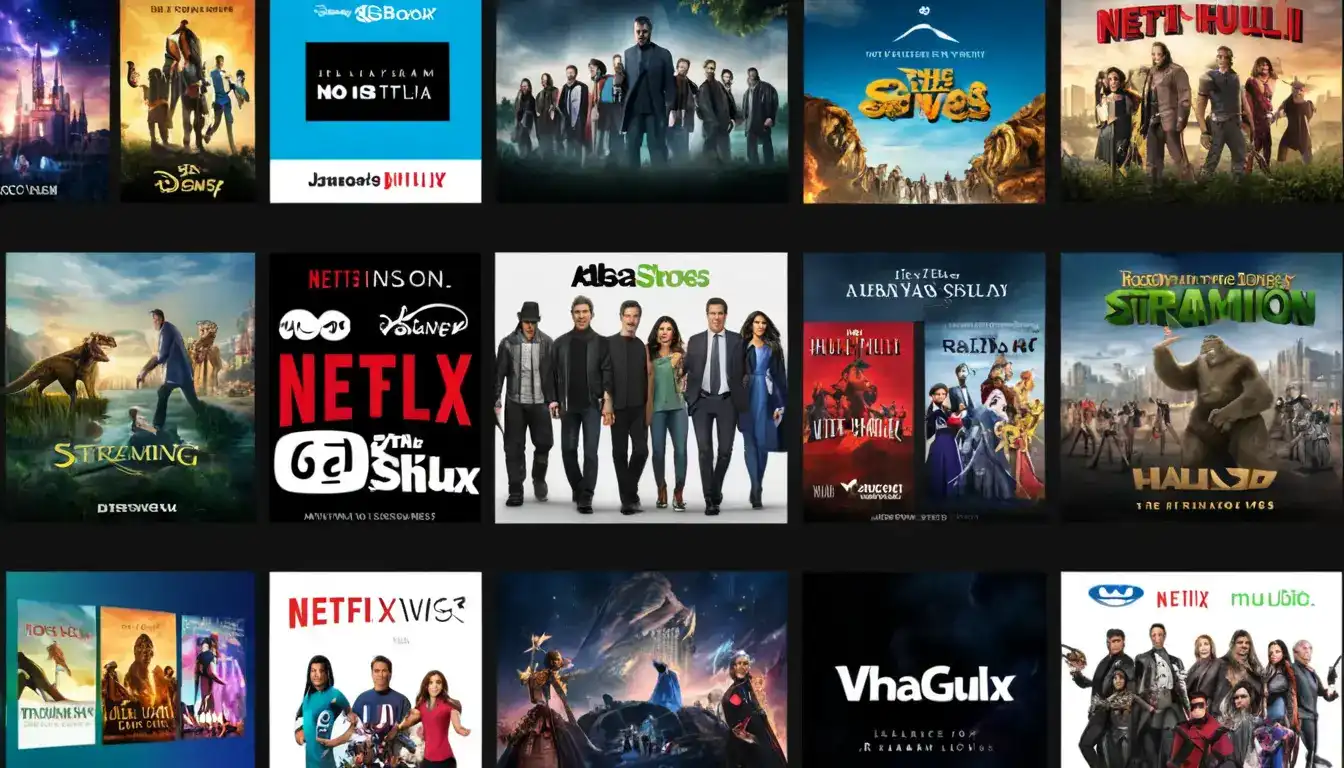
August 4, 2024
The Evolution of Streaming Services Such as Netflix, Disney+, Hulu, and the Implications for the Traditional Entertainment IndustryThe rise of streaming services has revolutionized the entertainment industry, offering on-demand access to a vast library of content through internet-connected devices. Platforms like Netflix, Disney+, and Hulu have diversified their content libraries, reshaped consumer behavior, and challenged traditional distribution models. Technological advancements have enhanced streaming experiences, while economic and cultural implications have led to global market expansion and increased investment in original content production. The future of the streaming industry will be shaped by competition, convergence of media and technology, and the need for adaptation to changing consumer preferences. Embracing digital transformation and strategic partnerships will be crucial for stakeholders in navigating the evolving landscape of modern entertainment.
Emily Willis

August 5, 2024
Entertainment in Society: Social Impact, Cultural Influence, Economic ContributionsEntertainment is more than just a way to pass the time it has a significant impact on society, culture, and the economy. It promotes empathy, sparks conversations, and drives social change. It reflects and shapes cultural trends, while also preserving traditions. The entertainment industry generates jobs, contributes to economic growth, and drives technological innovation.
Emily Willis
Health
View Allsignificance of mental health awareness in today's fast-paced world. It discusses the importance of understanding mental health, breaking down stigma, and promoting positive mental health practices.
Emily Willis
Regular physical activity is crucial for maintaining long-term health and well-being. It has numerous benefits, including improving cardiovascular health, aiding in weight management, enhancing mental health, strengthening bones, boosting immune function, and promoting longevity.
Emily Willis
The healthcare landscape is being transformed by technological advancements, with telehealth and remote care providing convenient access to healthcare services. Artificial intelligence is revolutionizing diagnostics, personalized medicine, and drug discovery. Wearable technology is empowering patients to take control of their health.
Emily Willis
Trending 🔥
View All
1
2
3
4
6
7
8
9
10
Lifestyle



Sports
View AllAugust 5, 2024
Inclusive Playing Field: Creating a Welcoming and Accessible Sports Environment
Read MoreTechnology
View All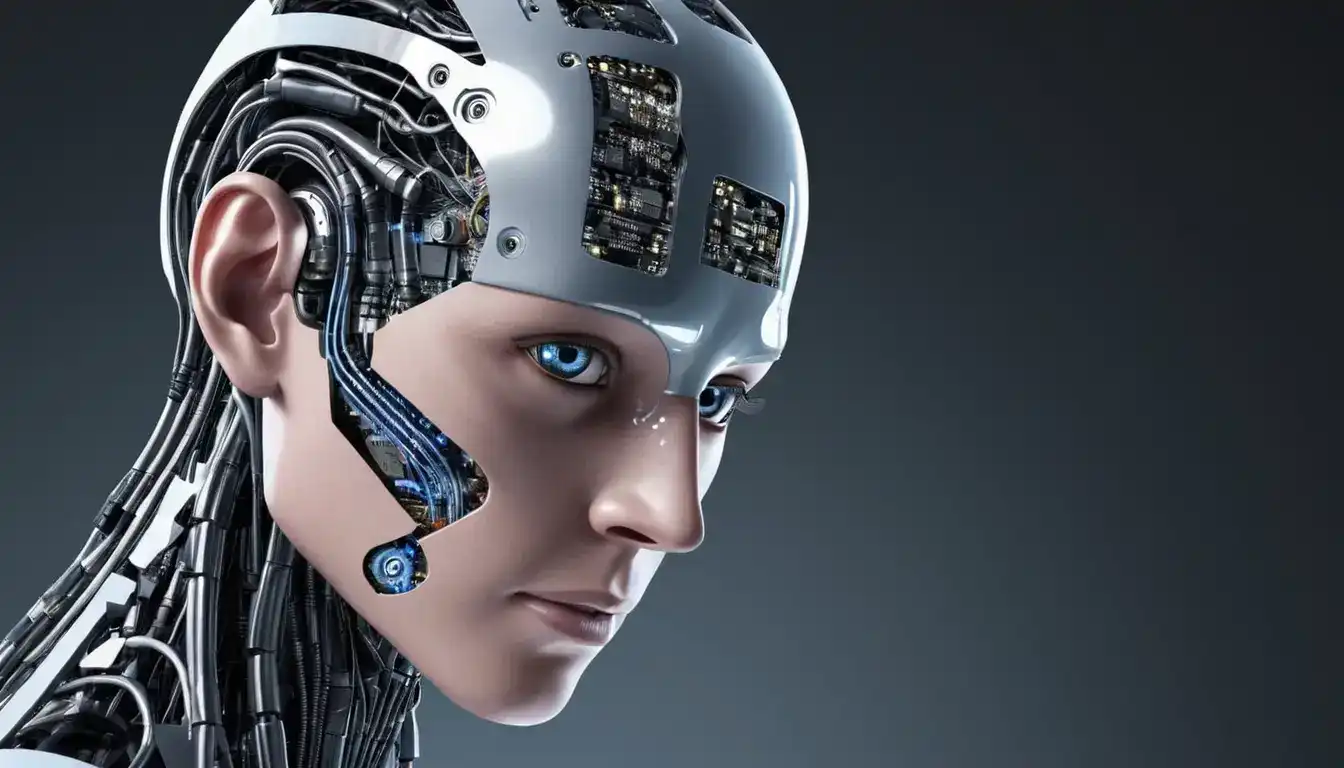
August 4, 2024
The Future of Artificial Intelligence: Opportunities and Challenges
opportunities and challenges presented by Artificial Intelligence (AI) in various sectors such as efficiency, customer experiences, healthcare, education, and economic growth. It highlights the need to address ethical considerations, job displacement, privacy issues, security risks, and regulatory challenges associated with AI.

August 5, 2024
Best AR Apps for Interior Design
Discover the top AR apps for interior design and transform your space with ease! From furniture placement to paint colors, these innovative tools will revolutionize the way you decorate, making your home design dreams a reality
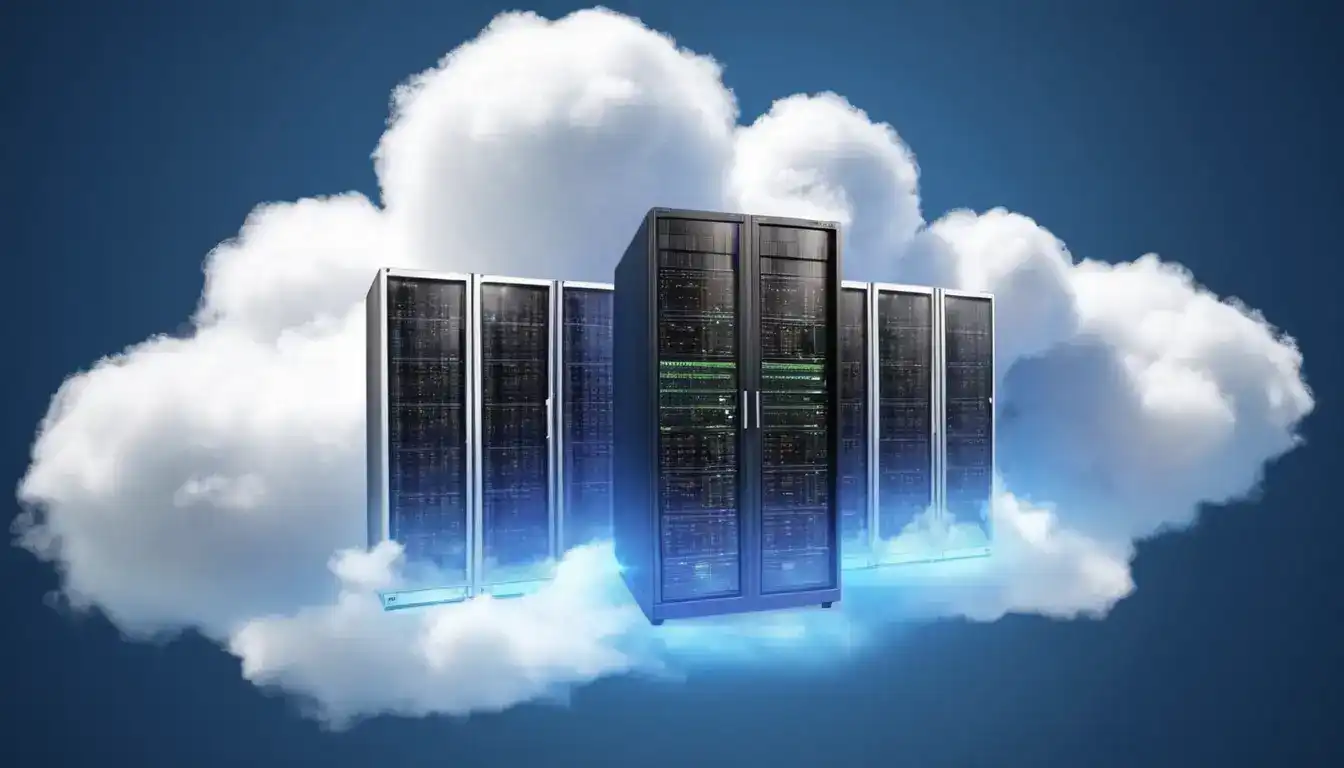
August 5, 2024
Types of Cloud Computing Services Available
Cloud computing has become essential for modern businesses, offering services that streamline processes, reduce costs, and increase flexibility. Understanding the types of cloud computing services available, such as Infrastructure as a Service (IaaS), Platform as a Service (PaaS), and Software as a Service (SaaS), can help businesses make informed decisions.

August 5, 2024
Best AR Translation Apps Tested
Uncover the best AR translation apps on the market through our in-depth testing and reviews. From seamless voice conversations to real-world text translation, these apps will revolutionize the way you communicate across languages.

